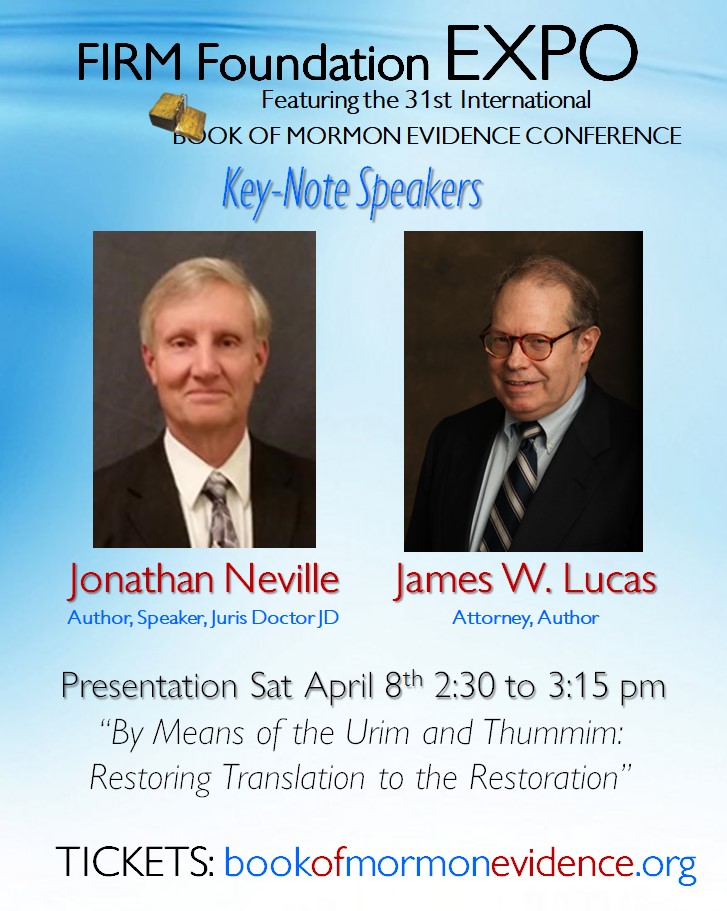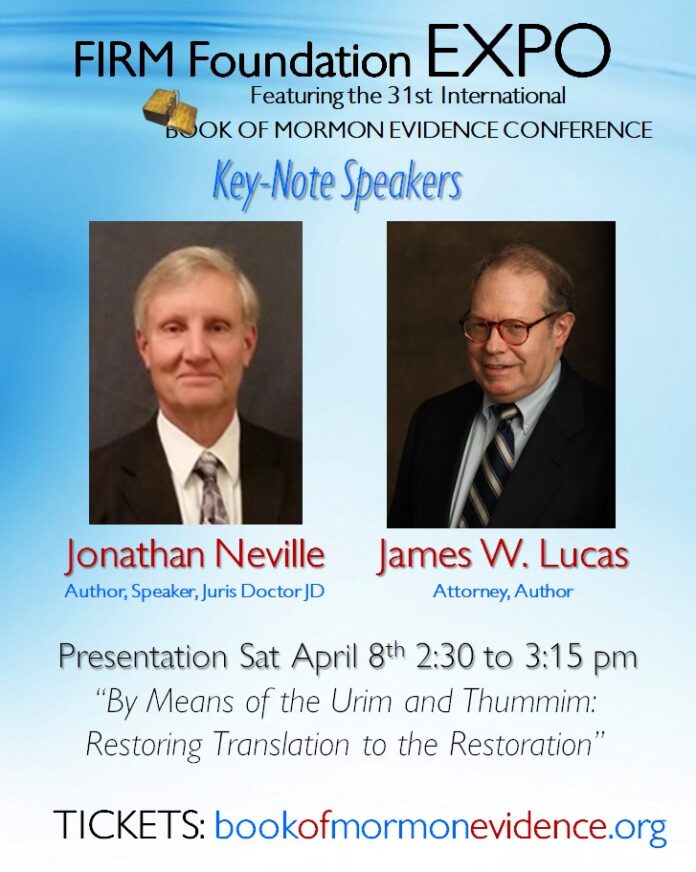Jonathan Neville is famous for his acronyms:
M2C (Mesoamerican 2 Hill Cumorah Theory)
STITH (Stone in the Hat Theory)
BOMC (Book of Mormon CentralAmerica)
CC (The Citation Cartel) Mesoamericanists who just don’t get it!
I have a new one for him to use
WWJN (World-Wide Jonathan Neville) He is literally everywhere and I love it.
Jonathan is WWJN
or as I call it, IYCFJYAL Read at the end.
Heck, Jonathan has even brought out from his undercover criticism the previously unknown Neville-Neville Land poster. It is Mike Parker of Book of Mormon Central (America)
If you haven’t read Jonathan’s first amazing article titled “The Smoking Gun of Book of Mormon Geography, you have missed an incredible read. This is what started it ALL! Read Here:
Yes, our great friend and Heartland supporter, Jonathan Neville, has been creating some incredible inroads with the media, and other BYU Scholars who in the past have not participated in the heartland dialogue and only been critical. Jonathan has really helped facilitate a wonderful association between both the Mesoamericanist and other theorists of geography. Has a turnaround begun? I hope so.
Jonathan is on with Cwic Media’s Greg Matsen, Gospel Tangent’s Rick Bennett, The Backyard Professor Kerry Shirts, Mormon Book Review’s Steven Pynakker, Mormon Traditionalist Podcaster, Jaren O’Driscoll and many more. His book even has comments from by Richard Lyman Bushman. SAT WHAT? Read more.
Oh, did I mention he has written at least 14 books that I can even remember, with two brand new ones at this Conference on April 6th to be introduced. I am dizzy keeping up with him. What an amazing lover of the Book of Mormon and sharing truth of the gospel with the world. He is on Fire!
Jonathan and his friend, Jim Lucas have written a new book called, “By Means of the Urim and Thummim: Restoring Translation to the Restoration” Visit the Expo to hear their new information about the proper translation of the Book of Mormon.

In the Salt Lake Tribune we read:
“Letter: Challenging the seer stone consensus on Book of Mormon translation”

(The Church of Jesus Christ of Latter-day Saints) Actor portraying the Prophet Joseph Smith in the church’s 2005 movie, “Joseph Smith: The Prophet of the Restoration” examines gold plates containing the Book of Mormon.
Our sincere thanks to The Tribune and Peggy Fletcher Stack for the article on our new book, “By Means of the Urim & Thummim: Restoring Translation to the Restoration.” We are especially pleased that you reached out for comments to such distinguished scholars as Kathleen Flake, Grant Hardy and Ben Park, all of whose work we admire.
We would note a few points on their remarks.
For example, our book reports use of the term “Urim & Thummim” earlier than 1833. And we are somewhat chagrined that the professors opined on our book without acknowledging that they had not yet read it. Of course, we realize the constraints of responding to an inquiry on a deadline, and that they were reflecting the current pro-seer stone scholarly consensus.
However, if they read our book, they will see that our challenge to that consensus is based on a deep review of the historical record which shows that (1) the case for the seer stone narrative is actually quite weak and (2) that the seer stone narrative ignores or downplays the near contemporaneous firsthand eyewitness testimony of Joseph Smith and Oliver Cowdery that the entire translation used the Nephite interpreters.
Beyond the factual record, professors Flake and Hardy’s remarks illustrate the abstract and amorphous realms where the seer stone narrative has taken LDS Book of Mormon scholarship. We believe the translation model in our book can return study of the Book of Mormon translation, how Joseph used the plates and interpreters, and what Joseph was studying out in his mind, to a basis as real and concrete as the plates and interpreters themselves.
Finally, we would note that, although the article refers to some comments from Richard Bushman in 2015, this year (2023) Professor Bushman has written that all “readers who take the translation debate seriously must reckon with this book.”
James W. Lucas, Salt Lake City and Jonathan E. Neville, Waldport, Oregon
Access to the article at Moroni’s America here:
Source: https://www.sltrib.com/opinion/letters/2023/03/28/letter-challenging-seer-stone/
“By Means of the Urim and Thummim: Restoring Translation to the Restoration”

Joseph Smith claimed the Book of Mormon was his translation of writings on ancient plates made using an even more ancient translation device called the Urim and Thummim. By Means of the Urim and Thummim explores the many controversies surrounding this claim. Did Joseph actually use a magic rock he put in a hat rather than the ancient interpreter device? Did he write the Book himself rather than translating an ancient record? Was Joseph really a near illiterate country bumpkin, or was he plausible as an actively engaged translator? And if he was a real translator as he claimed, how would such a translation process have worked to produce the Book of Mormon as we have it, with its strange mélange of 1820s American English and the Bible underlain by ancient concepts and linguistic forms in an incredibly complex narrative? By Means of the Urim and Thummim will be a must read for anyone interested in the unique and unusual work that is the Book of Mormon.
Lucas and Neville’s By Means of the Urim and Thummim is a substantial contribution to the translation debates that have roiled Book of Mormon scholarship for the past twenty years. It is conservative in that it restores the preeminent role of the Urim and Thummim in the translation process and virtually erases the seerstone from the story. It also proposes a translation theory of its own that preserves the importance of the Urim and Thummim and yet accounts for the presence of language from Joseph Smith’s world. All readers who take the translation debates seriously must reckon with this book.
Richard Lyman Bushman, author of Joseph Smith: Rough Stone Rolling, Gouverneur Morris Professor Emeritus of History, Columbia University
By Means of the Urim and Thummim: Restoring Translation to the Restoration by lawyers James W. Lucas and Jonathan E. Neville is in part an advancement of arguments in Neville’s previous work where he found over 1,700 separate correlations between the non-biblical Book of Mormon and language sources readily available to Joseph. In addition, Lucas and Neville find considerable evidence that Joseph Smith did not use a seer stone in a hat to translate the Book of Mormon—or, as some argue, simply to read what was on the stone. They convincingly offer new approaches to the evidence, explore previously overlooked evidence, and propose a new model for the translation process which corroborates and supports what Joseph affirmed that he, “by the gift and power of God, … translated the Book of Mormon from hieroglyphics.
Richard Dilworth Rust, Professor Emeritus of English, The University of North Carolina at Chapel Hill
The celebrated authors attempt to solve the question of the Book of Mormon translation process– Urim and Thummim and seer stone. Enjoy reading their scholarly work and academic approach to the question.
Susan Easton Black, Emeritus Professor Church History and Doctrine, Brigham Young University
Jonathan Neville is Everywhere: His promotion of Important Truths of the gospel are Significant.
 Where Is Cumorah? Where Did The Book of Mormon Take Place? (feat. Jonathan Neville)
Where Is Cumorah? Where Did The Book of Mormon Take Place? (feat. Jonathan Neville)
16 MAR · CWIC MEDIA- LDS PODCAST / COME FOLLOW ME https://podtail.com/en/podcast/mormonado/where-is-cumorah-where-did-the-book-of-mormon-take/
My new acronym:




